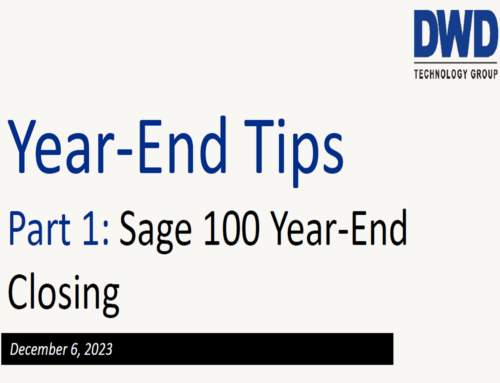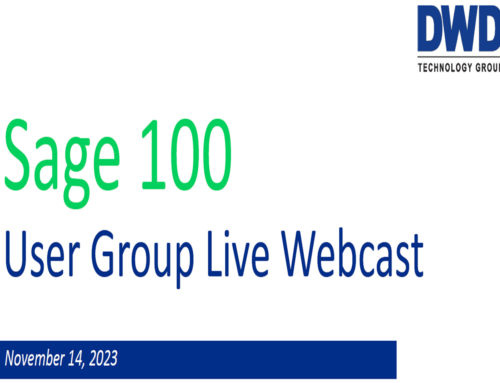If you’re like some folks, you’ve probably heard of EDI but aren’t exactly sure what it is, what it does, or what benefit it can offer your company.
Electronic Data Interchange (EDI) is the process of electronically exchanging data, or more specifically business documents like orders, invoices, acknowledgments or advance shipping notice between companies.
EDI can reduce costs such as paper & forms, postage, printers & toner, and document storage. Indirect benefits can include reduced lead times, more frequent inventory turns, better use of warehouse space, and improved cash flow (faster delivery, faster invoice, more timely payment).
During this recorded webinar take a look at MAPADOC EDI, which is seamlessly integrated into the Sage 100 environment.
Components – What are the different components to EDI that you need to know?
- Order-to-Cash
- Procure-to-Pay
- 3PL Relationships
- Fulfillment – How to manage the different models when trading with your partners?
- Future EDI Management
- Full-turn Key vs Outsourcing – What is the right fit for you?
MAPADOC was created to fill the need for integrated EDI without the time and expense required for custom development. MAPADOC provides the flexibility for you to handle EDI the way you want to with the ability to manage mapping. Working with the translator, MAPADOC collects the inbound EDI documents, processes them, and brings them into Sage 100. On the outbound side, when triggered by activities within Sage 100, MAPADOC will process and send the outbound documents to the trading partner.
Just like Sage 100, MAPADOC is customizable to fit your business processes and workflow. If you want a data field from your EDI to be placed in a specific field in Sage 100, it is taken care of with minimal effort. MAPADOC allows you to work the way you want to.




